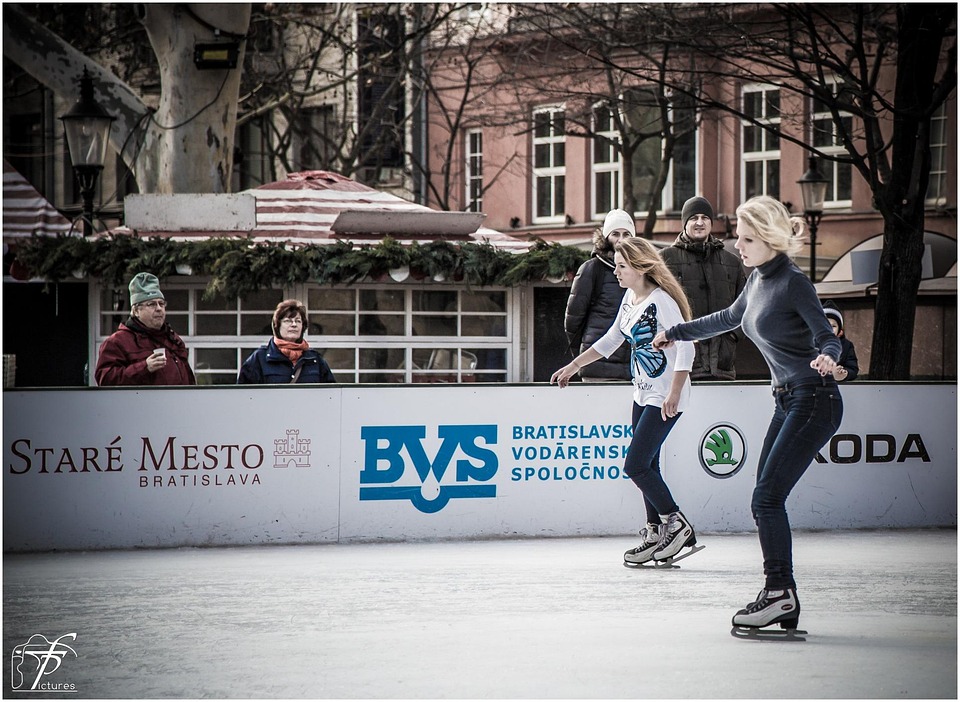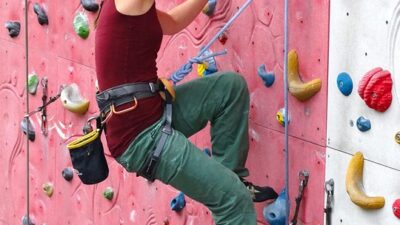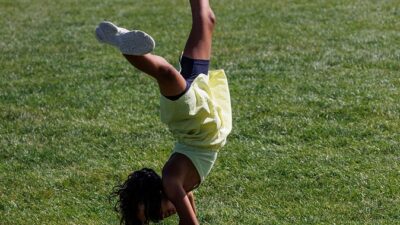Artistic skating is a captivating fusion of athleticism and artistry, where skaters express themselves through movement, rhythm, and creativity on roller skates or inline skates. This unique form of dance not only showcases the physical prowess of its performers but also tells stories and evokes emotions through choreographed routines. In recent years, artistic skating has gained renewed attention, captivating audiences worldwide with its innovative techniques and expressive artistry.
The History of Artistic Skating
Artistic skating has roots that trace back to the 18th century, originating from traditional ice skating practices. Early roller skating emerged in the mid-19th century, leading to the evolution of various skating styles, including artistic roller skating. By the 20th century, organized competitions began to form, allowing skaters to showcase their talents, with various styles that included figures, dance, and freestyle routines becoming popular.
The International Roller Sports Federation (FIRS) was established to govern the sport, leading to official competitions and standardized rules. Over time, artistic skating gained recognition and has become an essential part of roller skating culture, with enthusiasts and athletes around the globe.
The Artistic Element
At its core, artistic skating melds movement with music, creating a dynamic performance that engages viewers. This art form is characterized by:
Choreography
Choreography is central to artistic skating. Skaters work closely with choreographers to develop routines that incorporate elements from various dance styles, ensuring that movements flow seamlessly with the chosen music. Rhythmic transitions, complex footwork, and expressive gestures are all critical components.
Expression and Emotion
Skaters use their bodies to communicate emotions and tell stories. The choice of music often reflects the narrative, further enhancing the performance. Whether portraying a joyful celebration or a somber reflection, the skater’s emotional connection to the music is palpable, making each routine unique.
Technical Skills
Artistic skating requires a combination of technical skills, including spins, jumps, and intricate footwork. Athletes devote countless hours to practice, perfecting their techniques to execute complex maneuvers smoothly and elegantly. Judges often score routines based on technical skills, artistry, and overall performance quality.
The Growing Popularity of Artistic Skating
In recent years, artistic skating has experienced a resurgence, fueled by social media and online platforms. Skaters share their routines on platforms like Instagram and TikTok, reaching wider audiences and inspiring newcomers to take up the sport. The visual appeal of impressive tricks combined with the artistry of dance captures the imagination of viewers.
Furthermore, artistic skating has crossed over into mainstream entertainment. Performances in music videos, films, and live shows spotlight the beauty and skill of skaters, elevating the art form’s profile. This exposure has resulted in increased interest in classes, competitions, and events, as both participants and fans continue to embrace this vibrant community.
Community and Inclusivity
A significant aspect of artistic skating is the sense of community it fosters. Local skating rinks often serve as gathering places where skaters of all ages and backgrounds come together to share their passion. Community events, showcases, and competitions create opportunities for friendships and collaboration, promoting inclusivity within the sport.
Organizations and programs aimed at increasing accessibility have also emerged, encouraging participation among diverse groups. This focus on community building is essential to the future of artistic skating, ensuring it continues to thrive and evolve.
Conclusion
Artistic skating is a mesmerizing blend of athleticism, creativity, and expression. As the sport continues to evolve, embracing contemporary influences while honoring its rich history, it will undoubtedly captivate new generations of skaters and audiences alike. Whether on smooth rinks or vibrant streets, artistic skating remains a powerful means of storytelling and self-expression, inviting everyone to join in this beautiful choreography on wheels.



